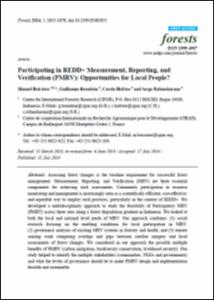Historical landscape photographs for calibration of Landsat land use/cover in the northern Ethiopian highlands
The combined effects of erosive rains, steep slopes and human land use have caused severe land degradation in the Ethiopian Highlands for several thousand years, but since the 1970s, however, land rehabilitation programmes have been established to try to reverse deterioration. In order to characterize and quantify the transformations in the north Ethiopian Highlands, a study was carried out over 8884 km² of the Tigray Highlands of northern Ethiopia.





